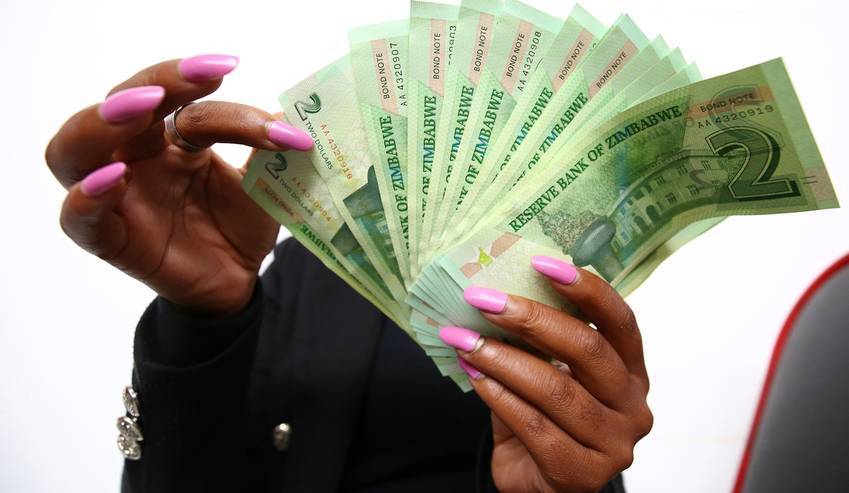The Worst Currency In The World Is Only 6 Months Old & 81% Of Its Value Is Gone

In February this year, Zimbabwe okayed trading of what was effectively a new currency after banning the use of foreign currency. This was after the old Zimbabwean currency became so worthless that locals found it more useful as makeshift rizla for their smokes.
At the time of its introduction, the new currency was trading at a respectable ZWD 2.50 per US dollar. But barely six months later, things have gone downhill — the exchange rate of the Zimbabwean dollar is now ZWD 13.19 per dollar, equivalent to an 81 percent loss in value.
The currency is even weaker on the black market. According to marketwatch.co.zw, a website that monitors the parallel market rate, roadside exchangers on the streets of the country’s capital, Harare, are paying ZWD 15.80 for every dollar.
That said, the Zimbabwean dollar is easily the worst-performing currency in the world this year. And measures that have been taken to shore things up — including very high-interest rates — appear to be futile efforts.
In many ways, the currency crisis in Zimbabwe easily trumps the struggles in far-away Argentina who are caught up in a mire of their own after seeing the peso decline by over 30 percent in 2019; something that caused the Argentine government to impose capital controls early this month as a way of curbing further decline.
Zimbabwe’s struggles with foreign-exchange scarcity have only deepened since the late long-standing ruler, Robert Mugabe, whose funeral took place over the weekend, was ousted almost two years ago.
The currency situation has become so severe that just last Friday, Zimbabwe’s central bank opted to raise interest rates to 70 percent from 50 percent; a move aimed at quelling the decline.
In an economy that the International Monetary Fund (IMF) has projected to shrink by 2.1 percent this year, the new interest rates won’t exactly help consumption. But as government officials claim, it might help to curtail inflation which is believed to have climbed to over 200 percent in Zimbabwe.
Featured Image Courtesy: thezimbabwean.co